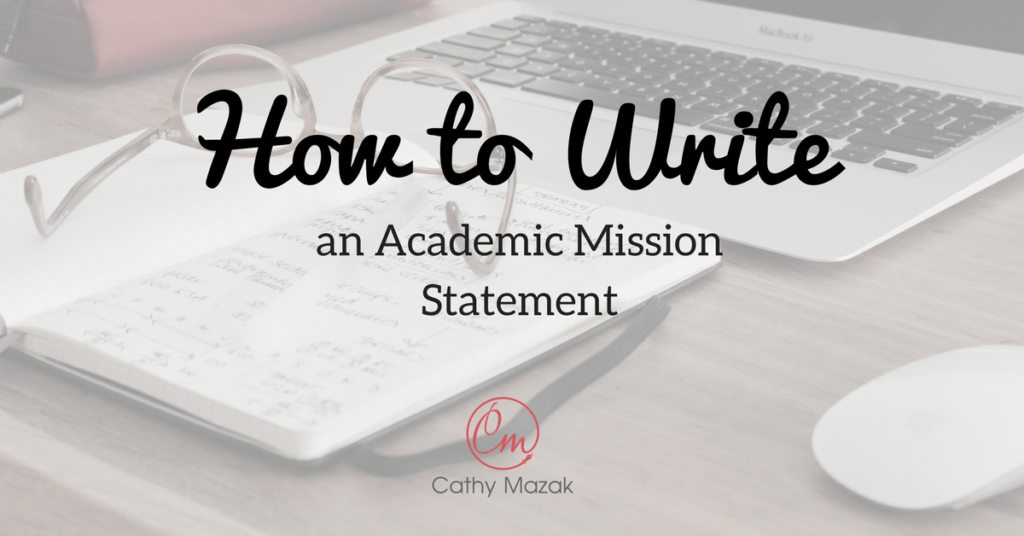Writing an Academic Mission Statement is the first step to finding focus and taking control of your career.
If you feel like you are constantly putting out fires, that you are reacting instead of acting when opportunities (and problems) come your way, then you need an Academic Mission Statement.
Many womxn and nonbinary academics say that they feel like they’re being “pulled in a thousand directions.” That’s the main reason they cite for not having time to write. One of the reasons you might feel pulled is that you are pulled. We are asked to do too many things–and too many different kinds of things–as part of our academic careers. Teaching, student mentoring, committee meetings, on top of the caregiving gthat many of us do outside of the university–it all feels very overwhelming.
That’s where the Academic Mission Statement comes in. The big idea here is to clarify and articulate your mission, then line up all your activities so that they are serving this mission. But first thing’s first: you need to write the Academic Mission Statement.

Here’s a template that you can use to create an Academic Mission Statement:
I use [methodologies/theoretical frames] to study [population] [phenomenon] [context] in order to [change you want to see in the world].
And here’s an example of the template filled in (this is my mission statement!):
I use ethnographic methods to study translanguaging in Puerto Rican university classrooms in order to normalize bilingual content learning and inform theories of bilingualism.
How to Use Your Academic Mission Statement
If you write this statement and then just keep sailing along, the helpfulness of this exercise will wear off. So let’s really talk about how to use an academic mission statement.
- Focus your intention: I’m not trying to sound all “woo” here but how we think about our careers and the day-to-day activities that make up our careers matters. So once you have your mission statement, put it in your workspace and read it first thing in the morning before you get to work. Commit to doing this every day for two weeks. This exercise will focus your intention and set you on a clear path for the day.
- Use your statement to make decisions: Your academic mission statement is like a litmus test for the many decisions you need to make about your time. Your mission should remind you that you have big, important work to do. When opportunities (however awesome they may be) come up that won’t have a direct impact on advancing your mission, you should say no. The same goes for obligations.
- Your mission should drive your writing roadmap: I don’t want you only to use your mission statement to react to calls for your time. I also want you to use it to drive your career forward. Part of writing more is having a vision that looks out several years (this is why you establish a publishing pipeline). You need research on the back end feeding your pipeline. At least once per semester, you need to dedicate time to strategic planning. Guided by your mission statement, look for grant opportunities and plan projects (such as organizing conference panels) that help you enact your mission.
You may feel that having a mission statement makes you inflexible or “stuck” on one path, and less able to react to new opportunities (hello there my free spirits!). Your Academic Mission Statement is not etched in stone, but rather should evolve as you evolve professionally.
For this reason, you should re-visit your mission statement at the beginning of every semester and once in the summer. Do a gut-check to see if the mission is still you or if you need to revise and add a new twist or angle.
In our 12-week program, Navigate: Your Writing Roadmap®, we coach you through the process of creating your Academic Mission Statement and using it to take control of your calendar and your publication pipeline so that you can publish your backlog of papers. Learn more about the program and get on the waitlist here!






